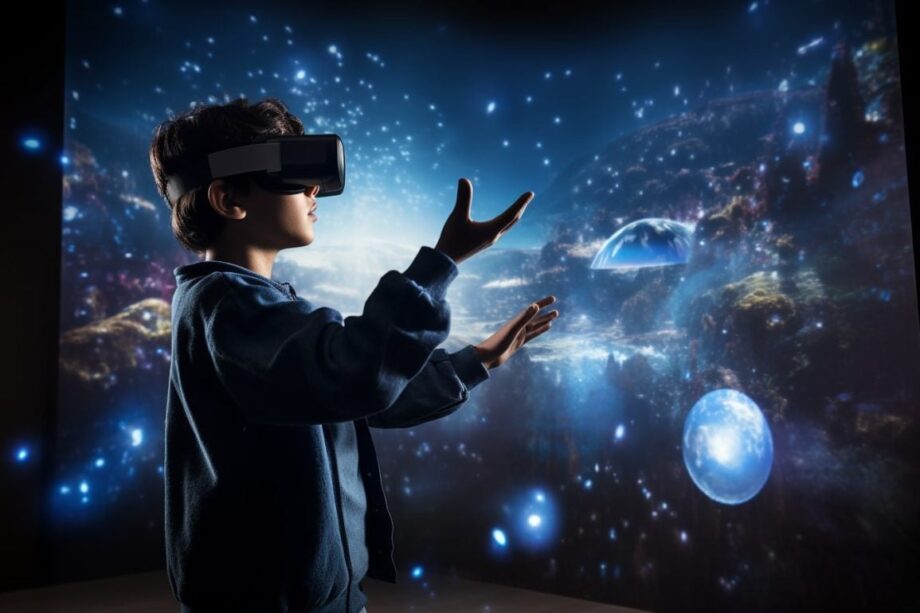Studying autism is challenging due to its unique nature, lacking precise quantification. A recent review suggests using mouse models for human mental disorders as a way to explore autism’s molecular mechanisms. This review highlights the cutting-edge of autism research.
Debates persist among experts regarding whether autism is a treatable disorder or requires adaptive accommodation.
In the review, a neuroscientist emphasizes the insular cortex, a brain region linked to sensory, emotional, and cognitive systems. Credit: Neuroscience News This complexity stems from autism’s varied expressions and causes, lacking a standardized measurement or diagnostic method. This hampers researchers in understanding autism’s mechanisms and developing treatments.
Kobe University’s TAKUMI Toru explains, “Autism, like cancer, involves genetics and environment. Understanding social maladaptation’s neural circuits and developing human neural circuit manipulation are key.”
Mouse models of human mental disorders, pioneered by Takumi, offer a unique way to analyze autism’s mechanisms and test treatments.
Takumi’s renown led Molecular Psychiatry to seek his insights on the field’s status.
The review underscores the insular cortex’s role, which impacts emotions, empathy, and self-awareness in humans.
Details in the review outline the insular cortex’s genes and functions affecting autism.
Takumi adds, “Psychiatric disorders hinge on neural circuits. Unraveling social behavior’s neural circuitry will drive neurocircuit-based therapies.”
Takumi’s “mouse metaverse,” a virtual reality system, probes how molecular issues cause social maladaptation.
Ultimately, Kobe University’s Takumi aims to grasp the molecular basis of the human mind, uncovering autism’s pathophysiology to understand how the mind forms in the brain.
Source NeuroScienceNews

